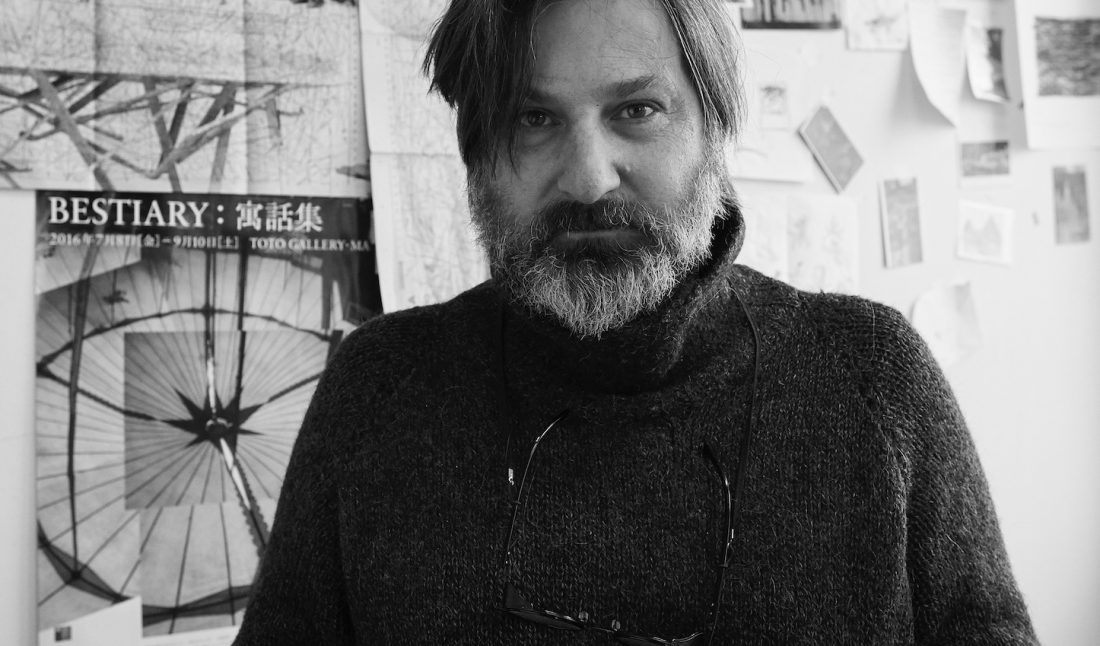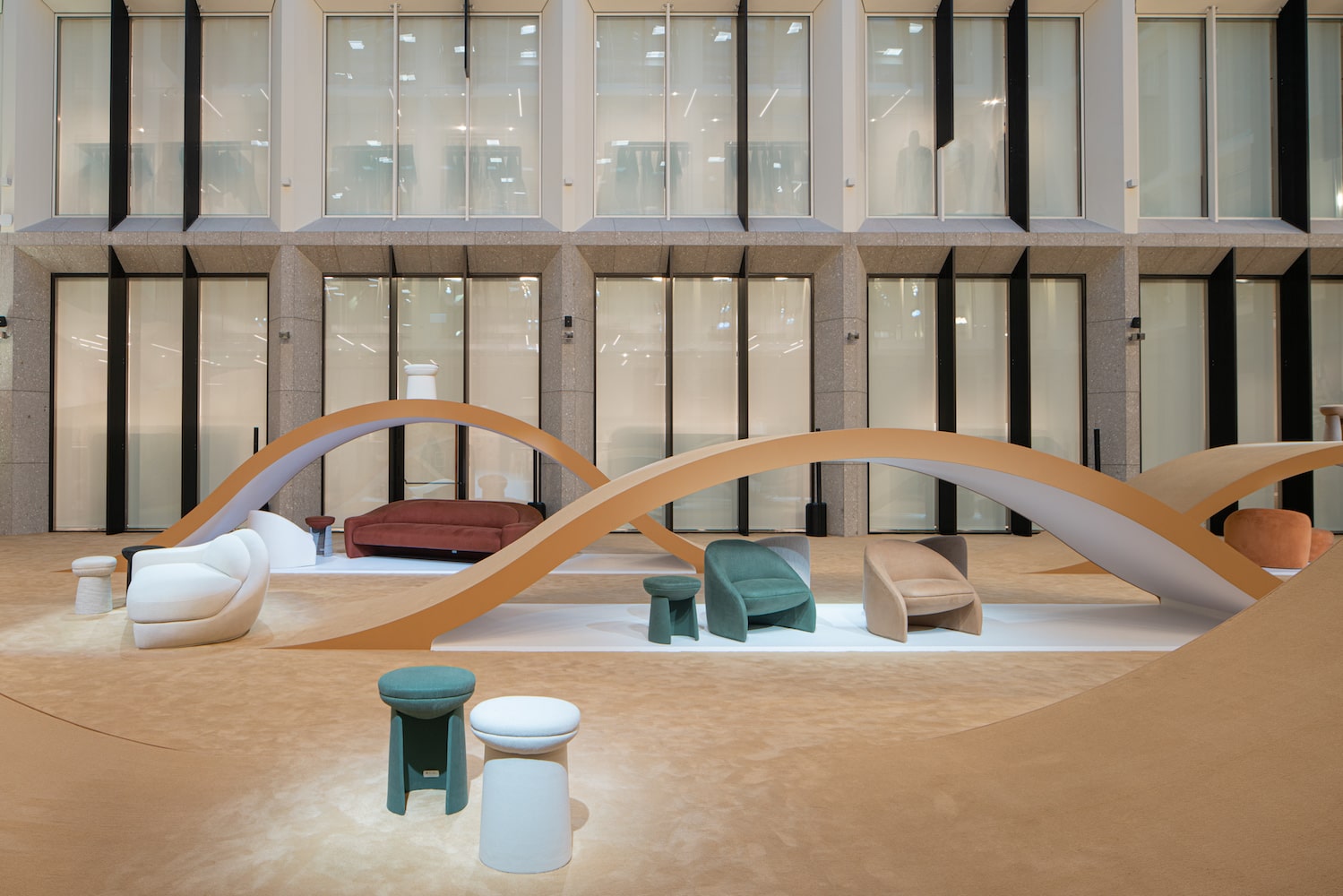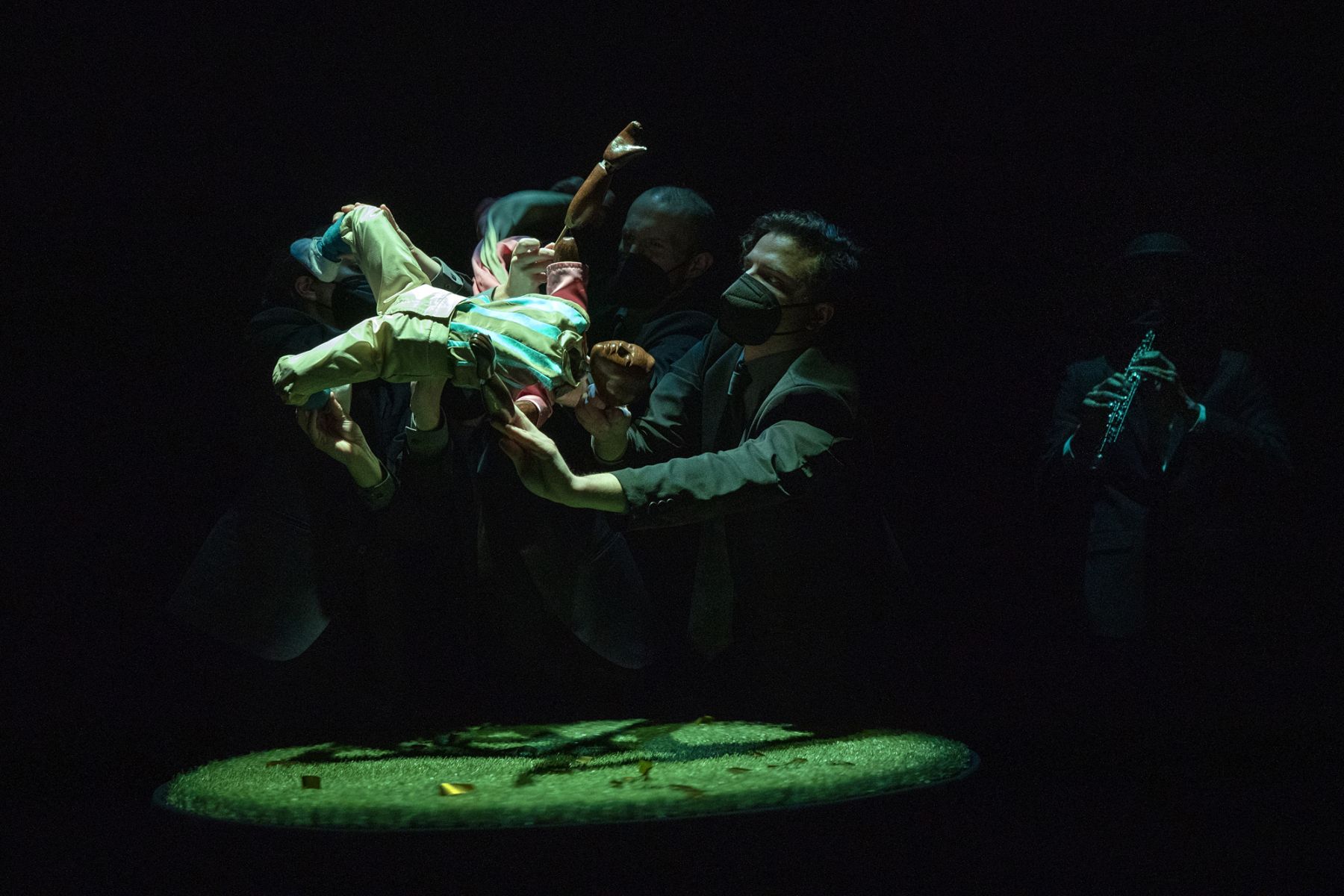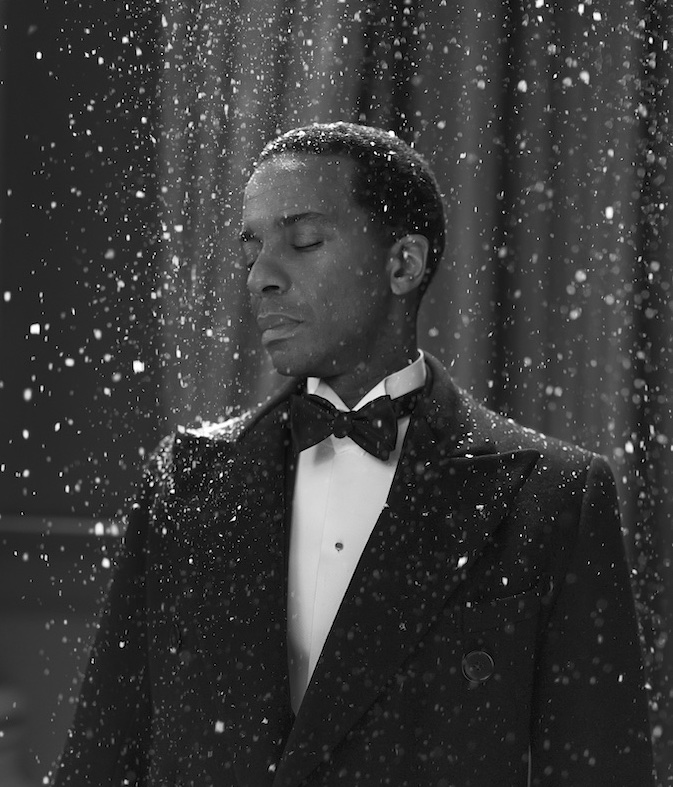In 2012, the Chilean architect Smiljan Radić built a structure to mimic a space he saw in Le Corbusier’s 1955 book The Poem of the Right Angle. In Vilches, Chile, he made House for the Poem of the Right Angle of black concrete, bending with irregular proportions and measurements inside and out. Maze-like environments were dotted with three billowing rooflights, furniture was suspended on the sides of walls, and empty space was filled with hanging wooden sculptures created by his wife, the sculptor Marcela Correa.
The project caught the attention of Alexander McQueen’s creative director, Sarah Burton. Fascinated with Radić’s work and approach to space, she contacted him to collaborate on a new concept for the brand’s stores, including the London flagship on Old Bond Street and the SoHo boutique in New York. Designed with similar materials and a warren of crannies, the store marked the architect’s first retail project ever, and was the start of an ongoing partnership with the fashion house. After Alexander McQueen’s Fall/Winter 2022 show at the Agger Fish Building in Brooklyn—with scenography designed by Radić—Whitewall spoke with the Santiago-born-and-based architect to hear how he’s working alongside Burton to create spaces for Alexander McQueen that redefine the notion of luxury.
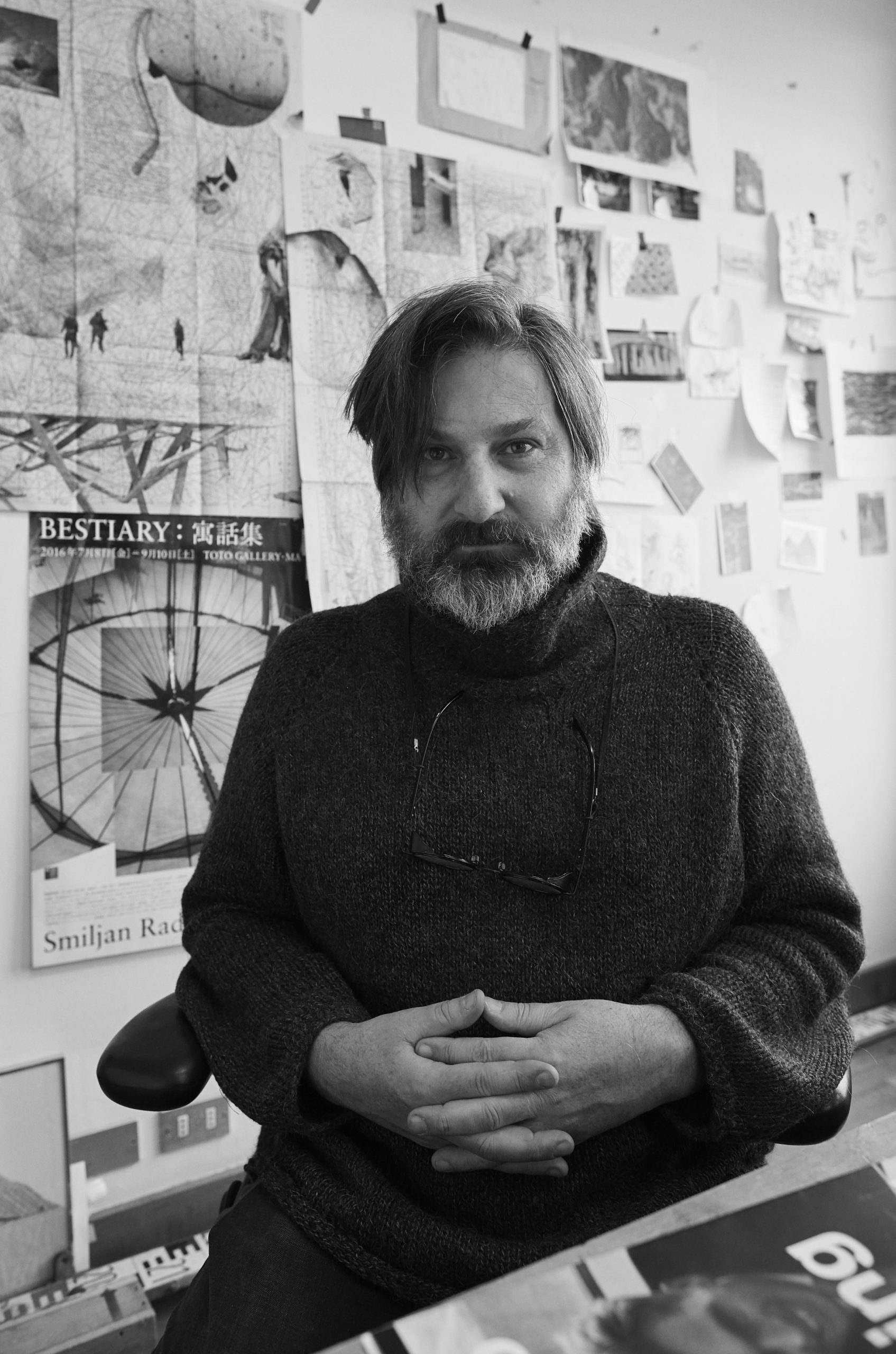 Portrait of Smiljan Radić courtesy of Alexander McQueen.
Portrait of Smiljan Radić courtesy of Alexander McQueen.
WHITEWALL: Your collaboration with Alexander McQueen first began when Sarah Burton saw photographs of your House for the Poem of the Right Angle. What about that space was she drawn to?
SMILJAN RADIĆ: In my opinion, that space has a very cozy atmosphere, but at the same time, unconventional. That means that you are always aware of what is happening around, or what may appear later. On the other hand, you find yourself in a space where fashion, art, architecture, and people interact amiably.
WW: Alongside Burton, you’re helping reimagine the brand’s new boutique concept. What did you envision this being like?
SR: We call the proposed concept “Domestic Labyrinth.” The idea is that you go through the whole space in a way that seems random, but that allows you to always be at home, close to the products that guide you through.
WW: For the project, the guiding principle was to “redefine the notion of luxury” and highlight the natural materials, craftsmanship, and technological innovation that the brand represents. How was this executed?
SR: The important thing is not the luxury itself, but the luxury installed in a certain context that allows it to be redefined or distinguished from its peers. It’s about building character. Despite retail, luxury is normally seen as something that proposes a separation with the client or the visitor. In our case, we tried to propose a new closeness. This closeness was presented by more modest materials but treated in an architectural and constructive way—spatially structural, not just as pure decoration. We are not decorators.
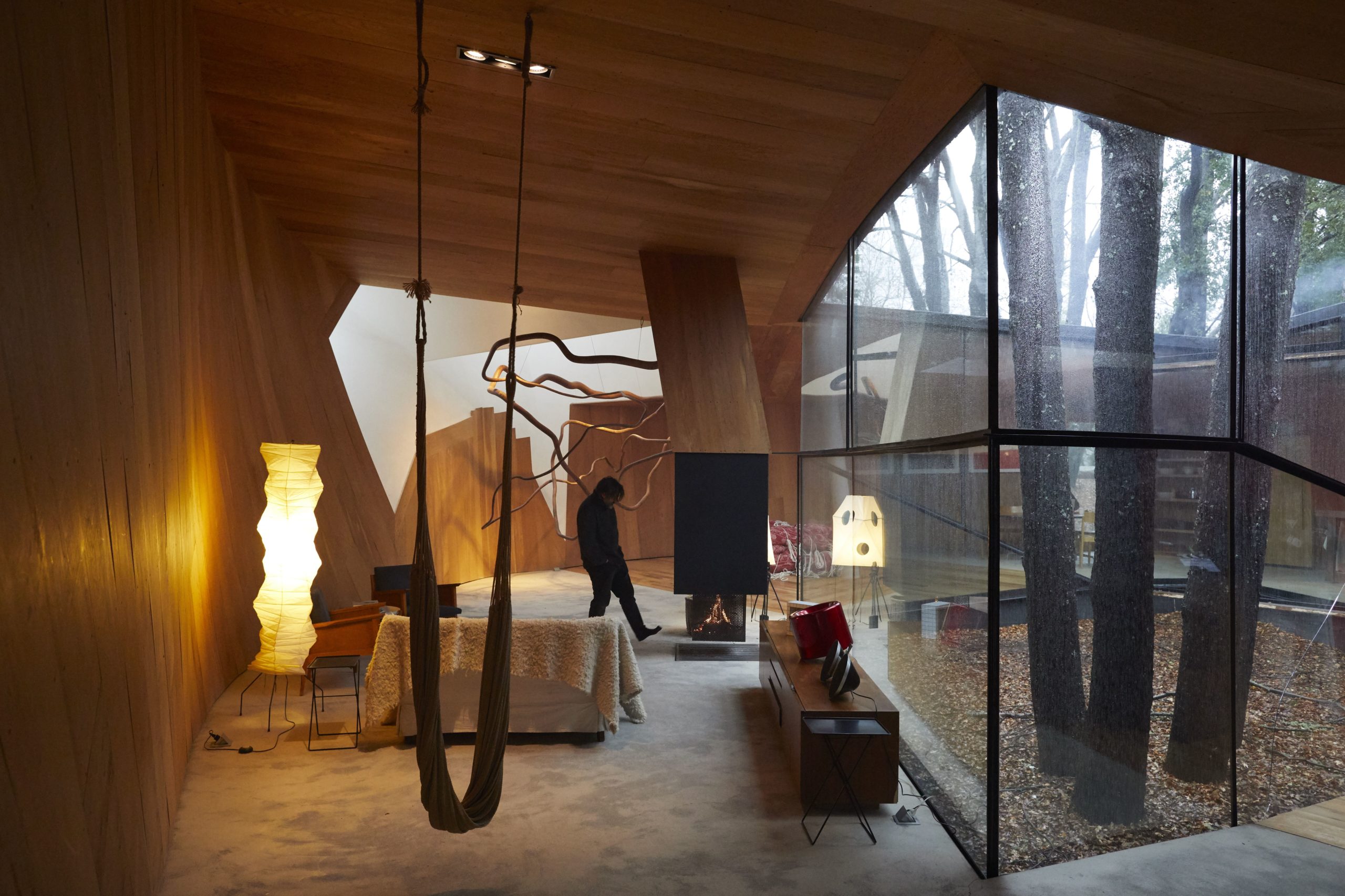 House for the Poem of the Right Angle, courtesy of Alexander McQueen.
House for the Poem of the Right Angle, courtesy of Alexander McQueen.
WW: The space features a variety of raw materials, including rock and tree sculptures made by your wife, Marcela. How do these materials represent a sense of different times, and different creative disciplines?
SR: The materials are used as raw material and acquire different meanings depending on the culture where they are installed. An onyx stone means something different in Europe or in Japan. We have been careful with this type of selection, analyzing the meaning that the materials acquire in the different countries. In the end, you create a certain vocabulary, and with it, you must build different sentences depending on who you’re talking to.
WW: You have created two fashion show sets for Alexander McQueen so far. How would you say these projects differed in context?
SR: The first was the London Skies bubble on a car park roof—the Tobacco Docks Yellow Park in Wapping, East London—with the London skyline in the background. That construction was just architecture. What happened in New York was about creating an atmosphere within an industrial building without forgetting about it or trying to hide its harsh reality. This strategy has a sound logic.
WW: What elements do you feel are in the design DNA for Alexander McQueen—regardless of space or permanence?
SR: It is difficult to talk about time in this field. Time is not measured in buildings, not measured in architecture, but in the permanence and variability of the McQueen brand throughout its history. At that time, the space that surrounds it must respond, and we must try to interpret the latter. It is always a conversation between humans, between people who believe in things—believe in certain directions and ideas that convey the permanence of a brand in the most successful way.
WW: What relationship do you see between fashion and architecture?
SR: In my opinion, it is another theme or subject within the same architecture. I don’t see any distance. Fashion is another field where you can do architecture.
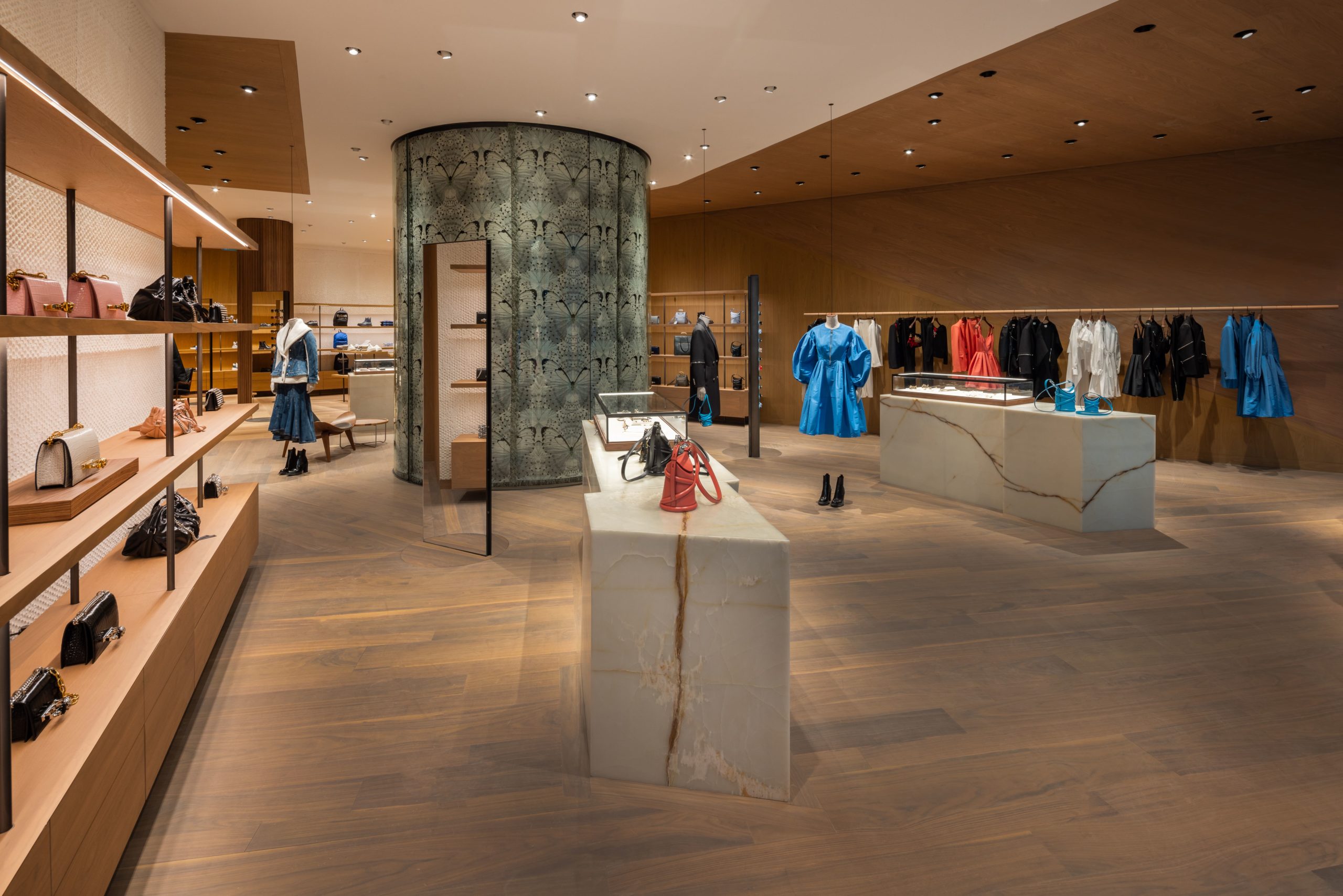 Alexander McQueen’s Toronto Yorkdale store, courtesy of Alexander McQueen.
Alexander McQueen’s Toronto Yorkdale store, courtesy of Alexander McQueen.
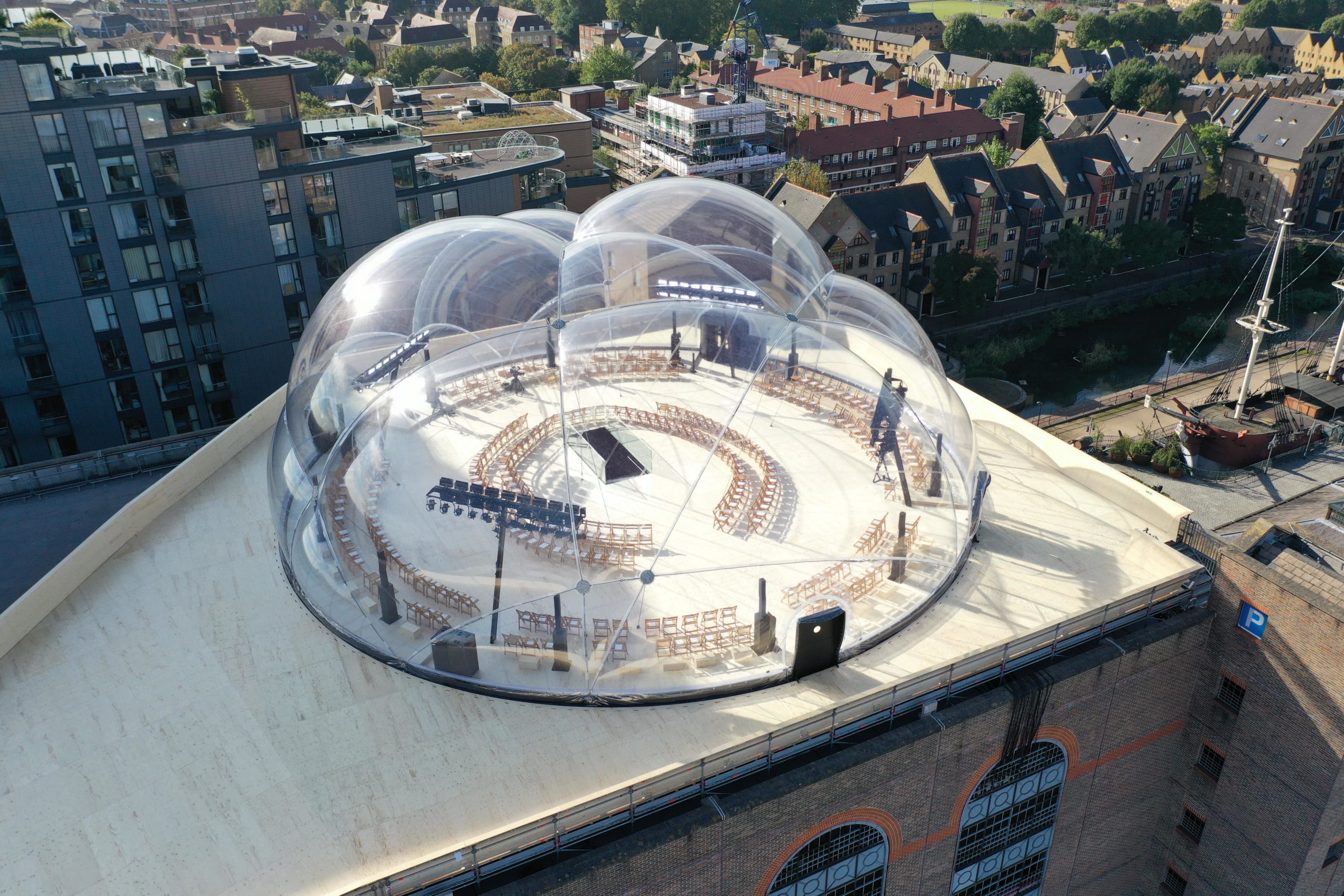 Smiljan Radić’s scenography for Alexander McQueen’s Spring/Summer 2022 show “London Skies,”
courtesy of Alexander McQueen.
Smiljan Radić’s scenography for Alexander McQueen’s Spring/Summer 2022 show “London Skies,”
courtesy of Alexander McQueen.
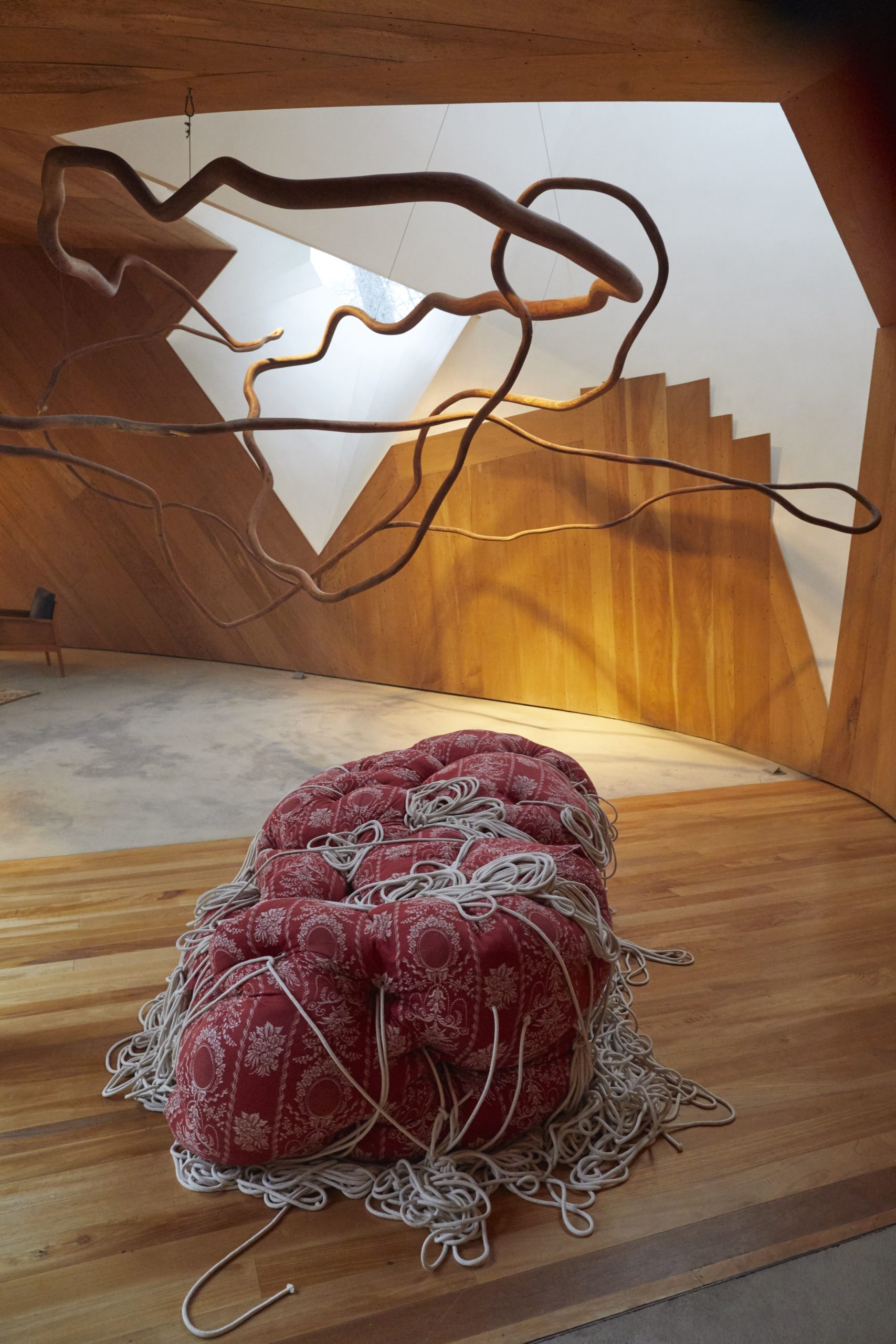 House for the Poem of the Right Angle, courtesy of Alexander McQueen.
House for the Poem of the Right Angle, courtesy of Alexander McQueen.






